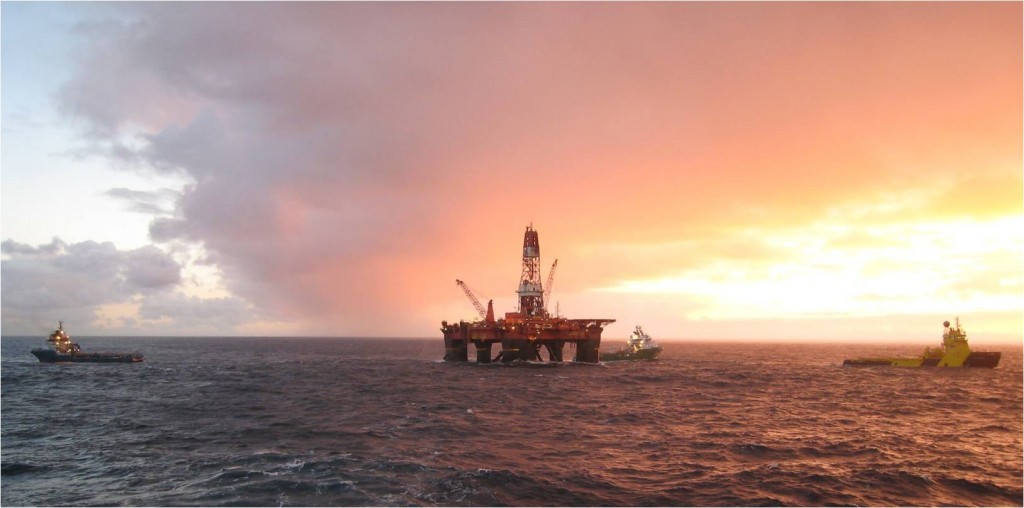
“Crude prices drop by 50% confronting the oil industry with major challenges”.
Sound familiar? If you have been in this industry for more than ten years, you’ve seen at least one, maybe as many as five or six, major crude price down turns.
Is this 1985? Or 1990? Or1998? Or 2008 again? Some things seem to be the same but to me something feels very different as well.
Can recent history help us understand what comes next or is this a “new frontier”?
First principles first – crude is a semi finite commodity. As a commodity, it is subject to significant price swings dependent upon demand changes or supply disruptions.
Much of the past major crude price increases have been driven by either major supply threats or actual disruptions – some intentional and other complete surprises.
On the demand side, any significant downturn in the world economy can trigger slack demand and significant price drops in a very short period. These often last only a few months or a year but the ripple effect is significant and takes years to subside.
I use the term “semi finite” as the world’s crude resources continue to expand in volume as we implement “game changing” technologies and as access to resources open up across the globe.
Even though price cycles are normal in our industry we seem to be constantly “surprised” by each downturn and each one of these cycles causes major disruptions in employment, technology advancement, and shareholder earnings.
I would offer each time we can look back and see evidence 6-12 months in advance that a major price decline was likely.
What’s different this time?
I would propose that from my perspective, based upon my 35 years in the industry, this decline in price is different in its nature and the possible implications for our industry.
This price drop was proceeded by an unprecedented increase in crude supply in what was once thought to be a permanently declining producing basin – the USA.
From 2010 until 2014 production in the US increased by three million barrels per day or 58% over five years. As a petroleum engineer that has worked mature basins and fields this is a remarkable volume and percentage increase that is unprecedented in the industry.
There is no commodity or market with modest demand growth that can absorb that level of increased supply over five years without suffering a significant price decline.
How long will it last? As long as supply continues to outpace growth in demand. That may be a while given the backlog of drilled but uncompleted wells in the US shale plays and the marginally growing worldwide crude demand.
The other key difference in this price drop has been directly related to OPEC’s position that they will not reduce their production and indirectly underwrite other crude production that has higher marginal costs to find and to develop.
It is a perfectly rational and economically sound position but one that is different than the past. It was therefore, a major surprise – one that few individuals or companies had built into in their business forecasts.
However in hindsight this convergence of slowing demand and significantly growing but much higher cost barrels of production was happening in front of everyone.
Can we use the past and these key differences to chart next year or the future?
I look to OPEC’s stated position from their November 2014 meetings as the foundation of any reasonable forecast and any resulting plan that correlates to that forecast.
OPEC 166th Meeting of the Conference of the Organization of the Petroleum Exporting Countries (OPEC), November 27, 2014 (underline added for emphasis)
“Recording its concern over the rapid decline in oil prices in recent months, the Conference concurred that stable oil prices – at a level which did not affect global economic growth but which, at the same time, allowed producers to receive a decent income and to invest to meet future demand – were vital for world economic wellbeing.
“Accordingly, in the interest of restoring market equilibrium, the Conference decided to maintain the production level of 30.0 mb/d, as was agreed in December 2011. As always, in taking this decision, Member Countries confirmed their readiness to respond to developments which could have an adverse impact on the maintenance of an orderly and balanced oil market.”
My opinion / read is that future oil prices will remain lower than what we had become accustomed to in 2013/2014 and these lower prices will be the “new normal”.
Absent some major supply disruption – which in almost all cases is likely to be short term – prices could remain at these lower levels until world demand grows significantly.
OPEC wants an “orderly and balanced oil market”. An oil market where new higher cost supply grows well beyond annual demand growth is neither “orderly or balanced”.
I call this the “new normal” and hope for many reasons, we take this downturn as an opportunity to prudently and patiently restructure our approach to developing our petroleum resources and our industry workforce.
Arguably the best thing in any business economic analysis is stability in product price and the inherent costs and some certainty in returns.
If we want to avoid significant price drops then we must grow production at “orderly and balanced rates” not “bonanza rates” – that activity level, that “froth or irrational exuberance” always precedes significant dislocations in our industry, our workforce, and our shareholder returns.
I think we can take a cue from the North America natural gas resources and market. While we would love to have higher natural gas prices and actually a bit more stability in those prices at least the economics and resulting development costs to achieve those economics are pretty well bounded.
This development has led to a significant positive impact on the petrochemical business in the US and thousands of new jobs in producing fields and with pipeline companies.
If oil settles in at $60-65/bbl it will have serious implications on some plays and basins. I would argue though that this price level might just force some deeper thoughts about collaboration, how to deliver lower costs and obtain efficiencies, creating a more stable workforce, and returns for shareholders.
That sounds a lot like an “orderly and stable” market. If prices go a bit higher, great, but I think it is now time to start looking forward, “man up”, and stop hoping the future looks more like what is in our rear view mirror.
Kevin Lacy is the Executive Vice President at PetroSkills
